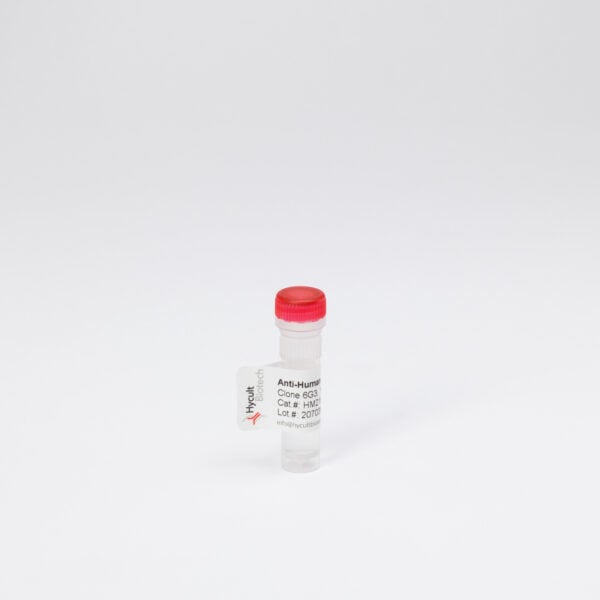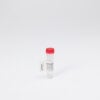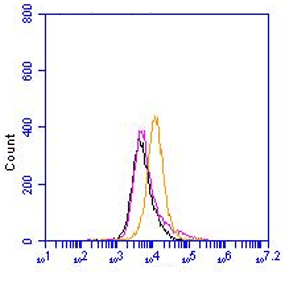TLR4, Human, mAb HTA125
€133.00 – €320.00
Toll-like receptors (TLRs) are highly conserved from Drosophila to humans and share structural and functional similarities. TLRs constitute of a family of pattern recognition receptors (PRRs) that mediate cellular responses to a large variety of pathogens (viruses, bacteria, and parasites) by specific recognition of so-called ‘pathogen-associated molecular patterns’. Activation of TLRs, a family of at least 11 different members that function either as homo- or heterodimers, leads to activation of NFκB-dependent and IFN-regulatory factor-dependent signaling pathways. TLRs have a central role in innate immunity and are also required for the development of an adaptive immune response. TLRs are expressed by various cells of the immune system, such as macrophages and dendritic cells. TLRs are class I receptors, with a single α-helix that spans the cell membrane. They recognize and respond to molecules derived from bacterial, viral and fungal pathogens, such as lipopolysaccharide (LPS) from the outer membrane of Gram negative bacteria, peptidoglycan fragments from bacterial cell walls and single-stranded and double-stranded RNA from viruses. Toll-like receptor 4 (TLR4; CD284) has been identified, next to MD-2 and CD14, as a receptor that is central to the innate immune response to LPS of Gram-negative bacteria. TLR4 is unique among TLRs in its ability to activate two distinct signaling pathways; one pathway is activated by the adaptors TIRAP (Toll/interleukin-1- receptor (TIR)-domain-containing adaptor protein) and MyD88, which leads to the induction of pro‑inflammatory cytokines. The second pathway is activated by the adaptors TRIF (TIR-domaincontaining adaptor protein inducing interferon‑β) and TRAM (TRIFrelated adaptor molecule), which leads to the induction of type I interferons.
The monoclonal antibody HTA125 is a TLR4 function-blocking antibody. HTA125 recognizes preferentially human TLR4 that is associated with MD-2.
FS: In cell culture 10 µg/ml
IF: Oregon green labeled HTA125 was used in FRAP measurements
IP: HTA125 (4 mg/ml) coupled to Sepharose 4FF beads was added to cell lysate and incubated for 2 hours at 4 °C
W: 20 mg protein was analyzed on SDS-PAGE and transferred to nitrocellulose. Blot was blocked with TBS/5% dry milk/0.1% tween-20










